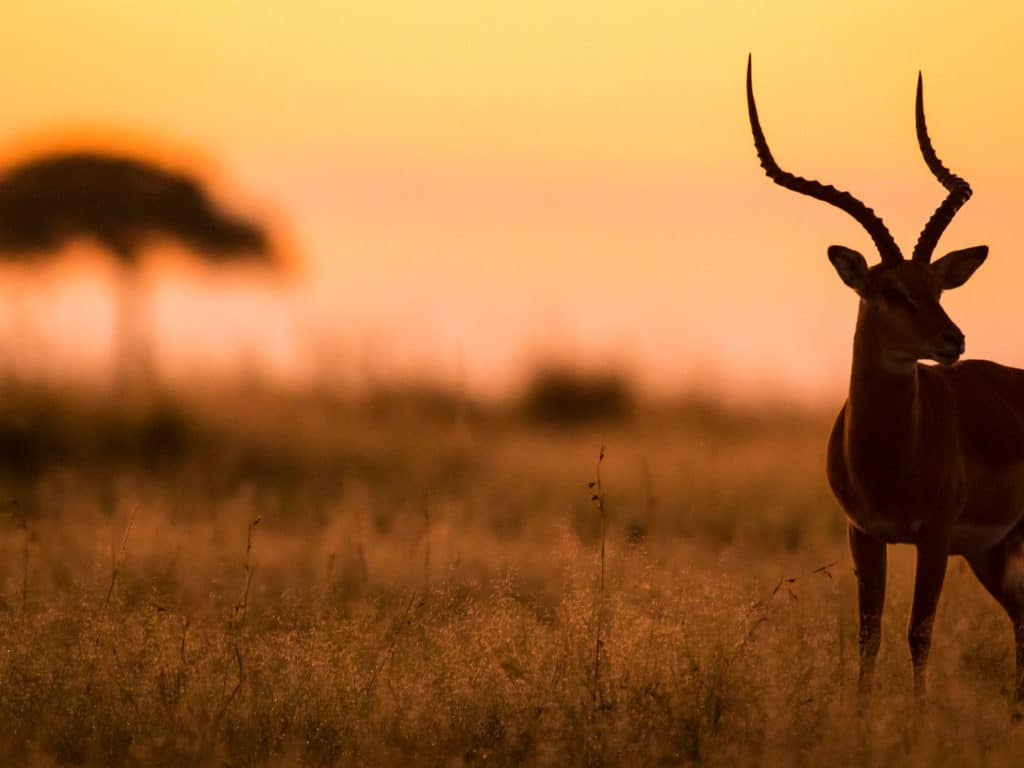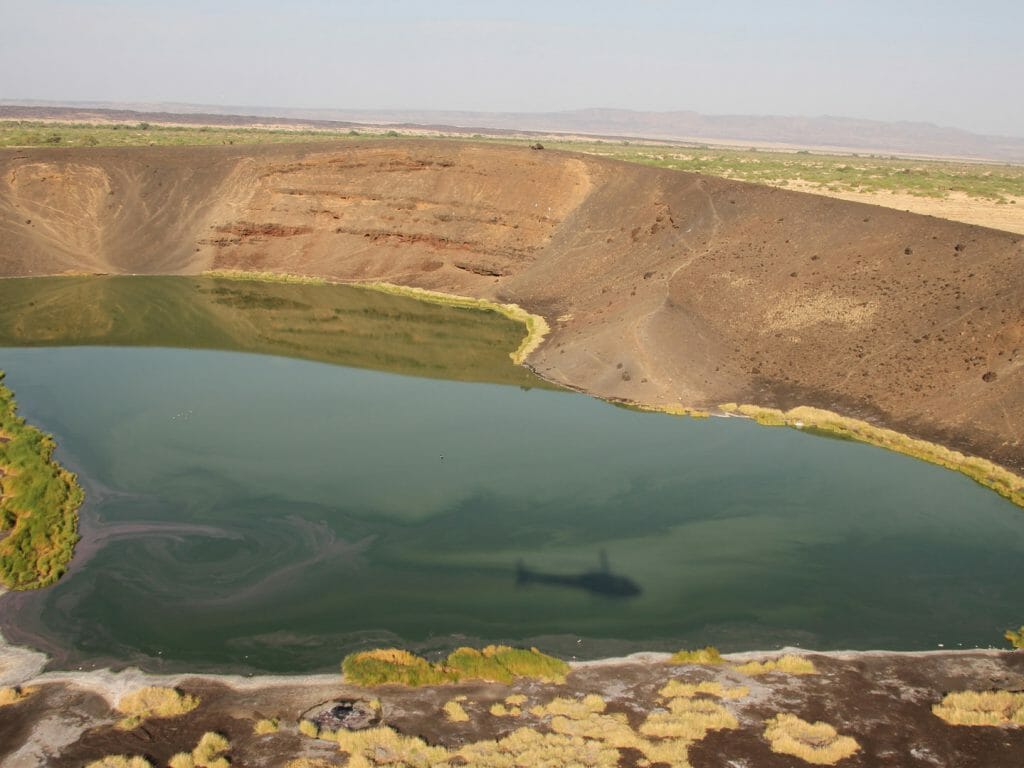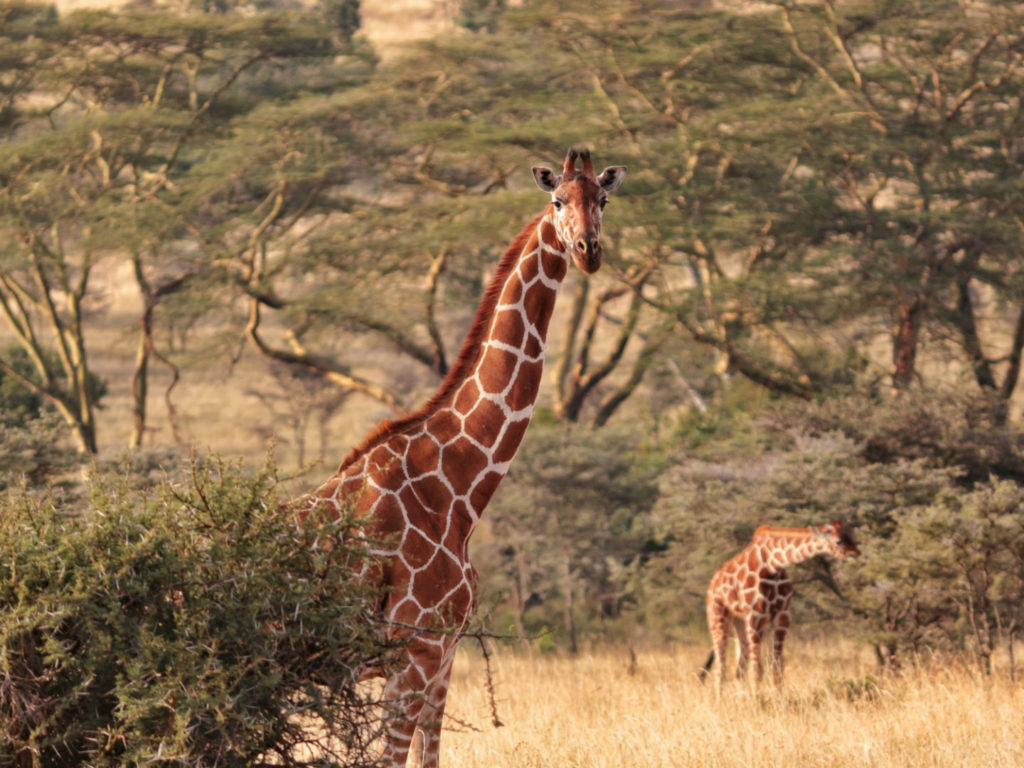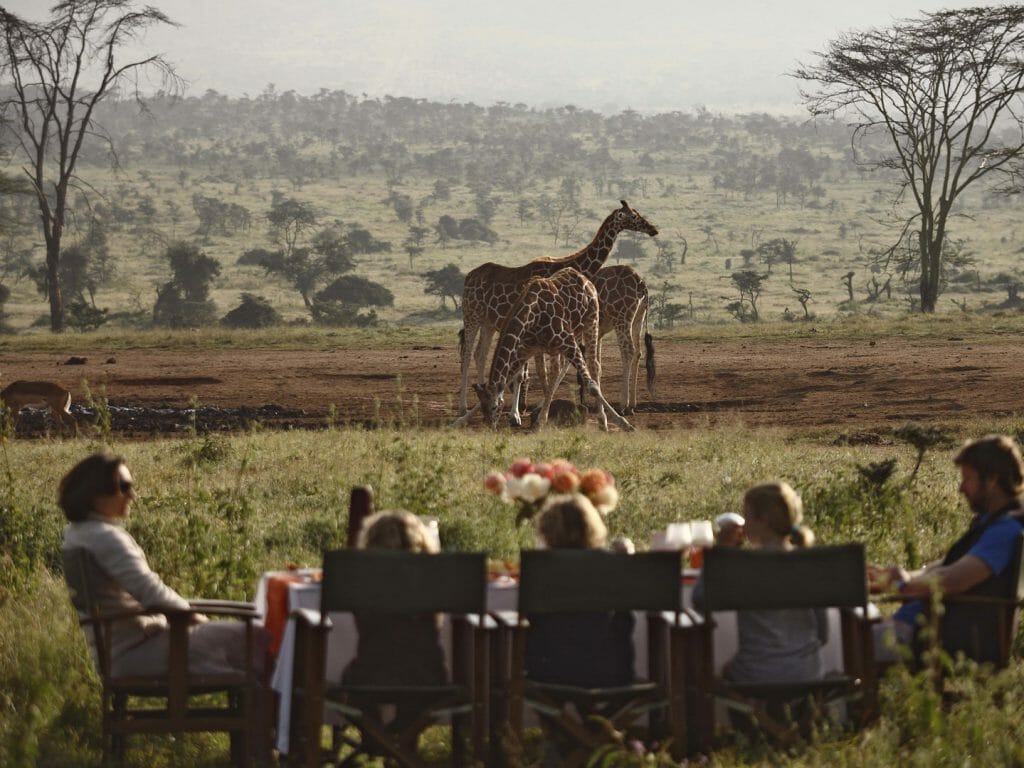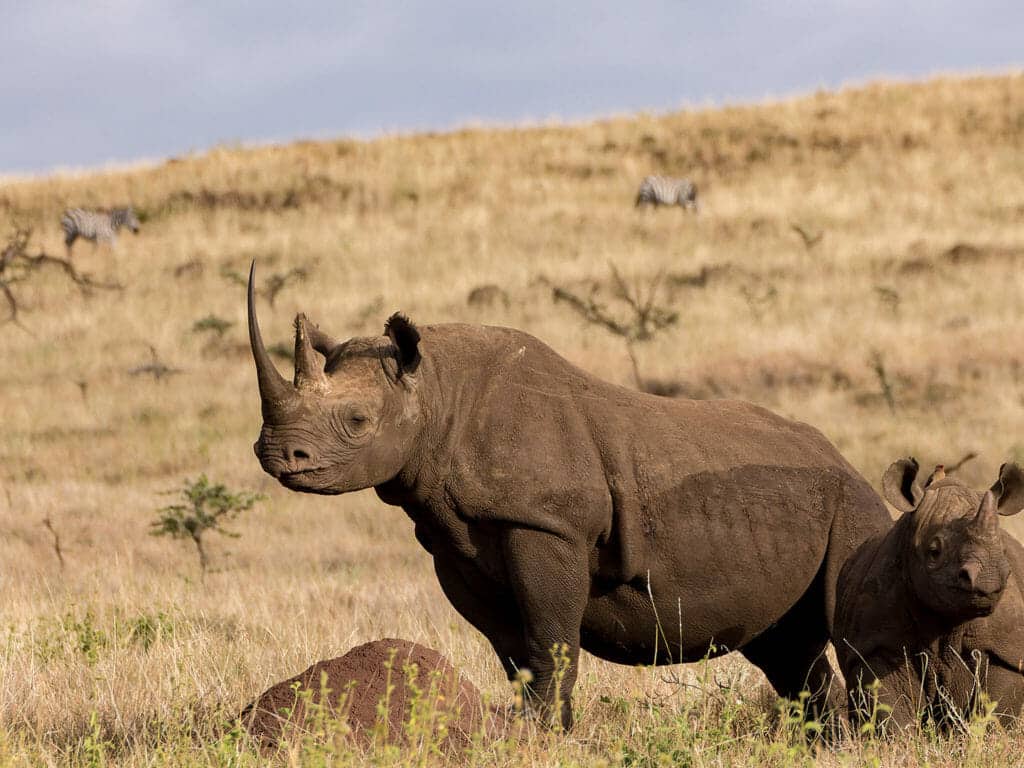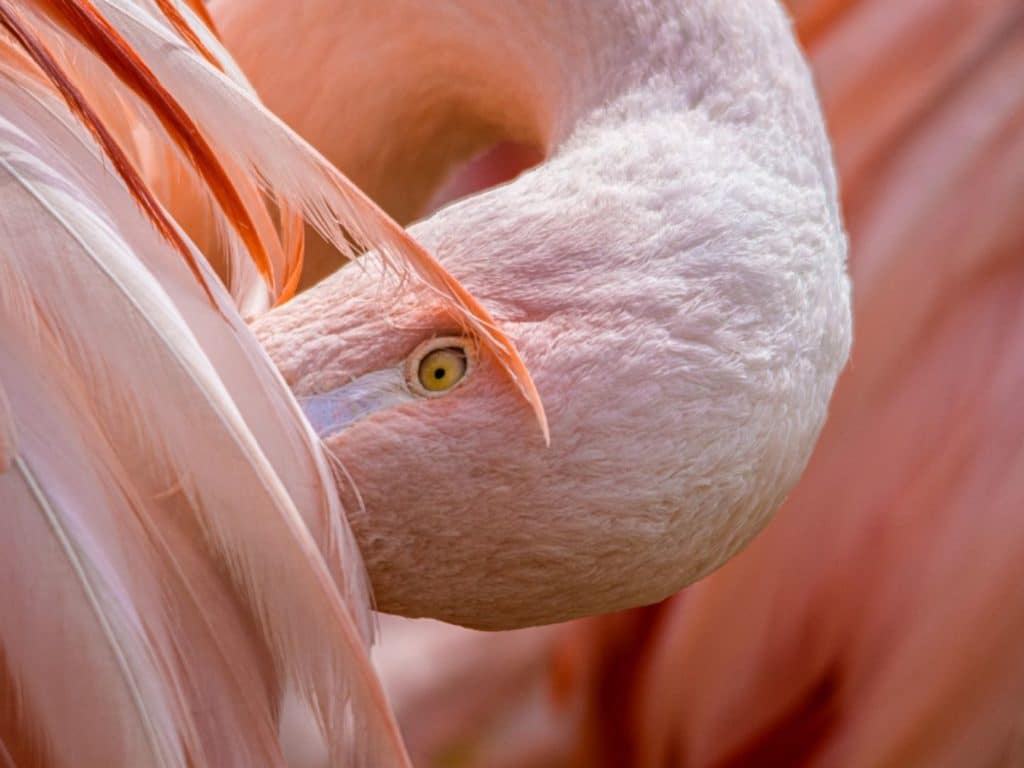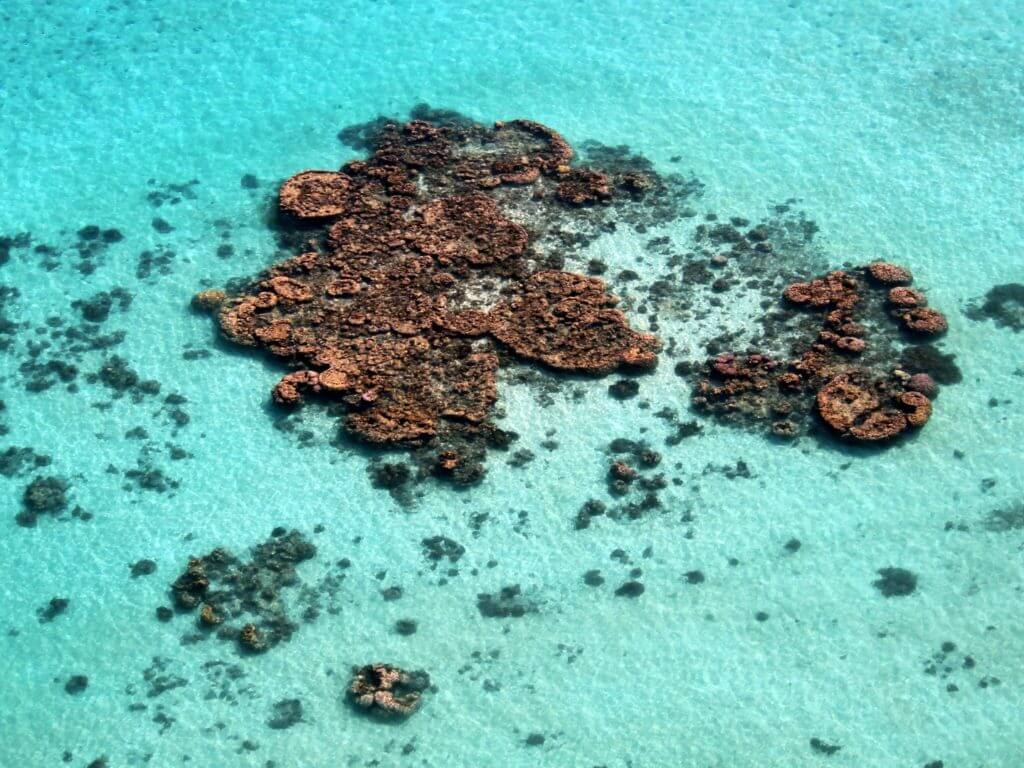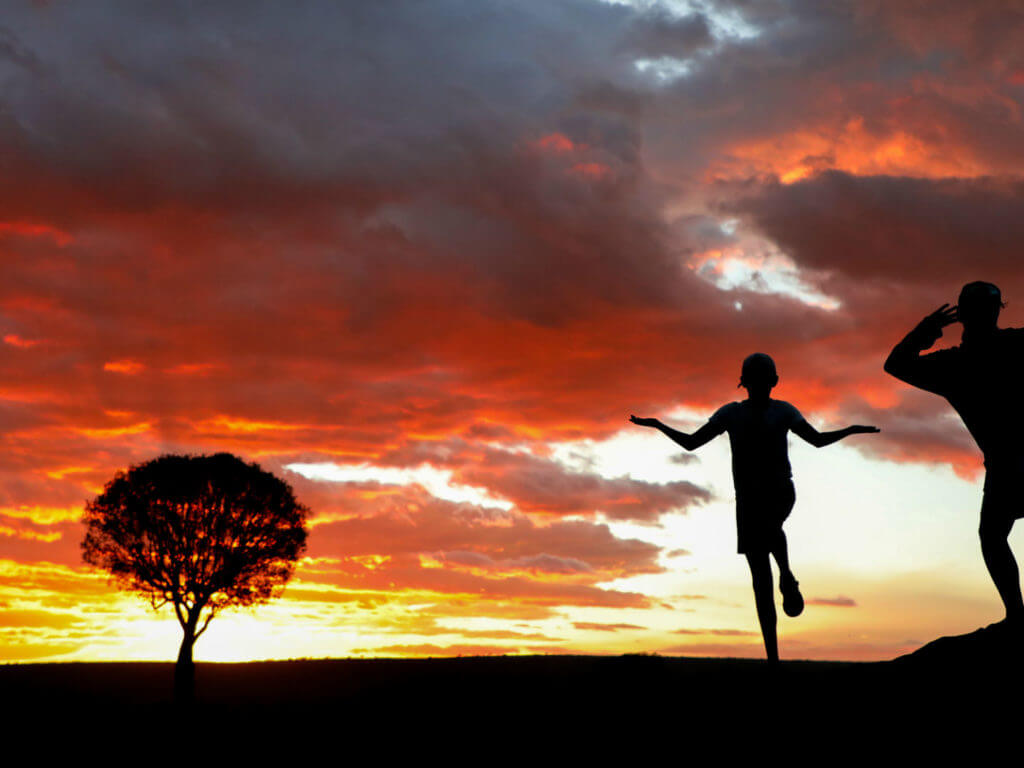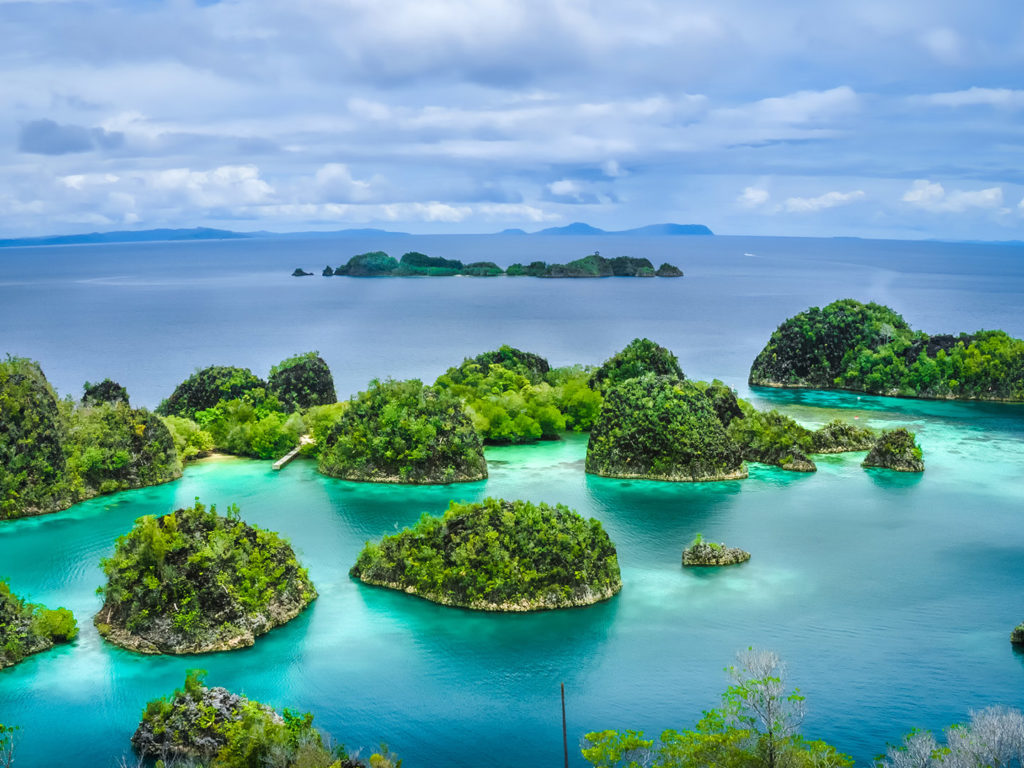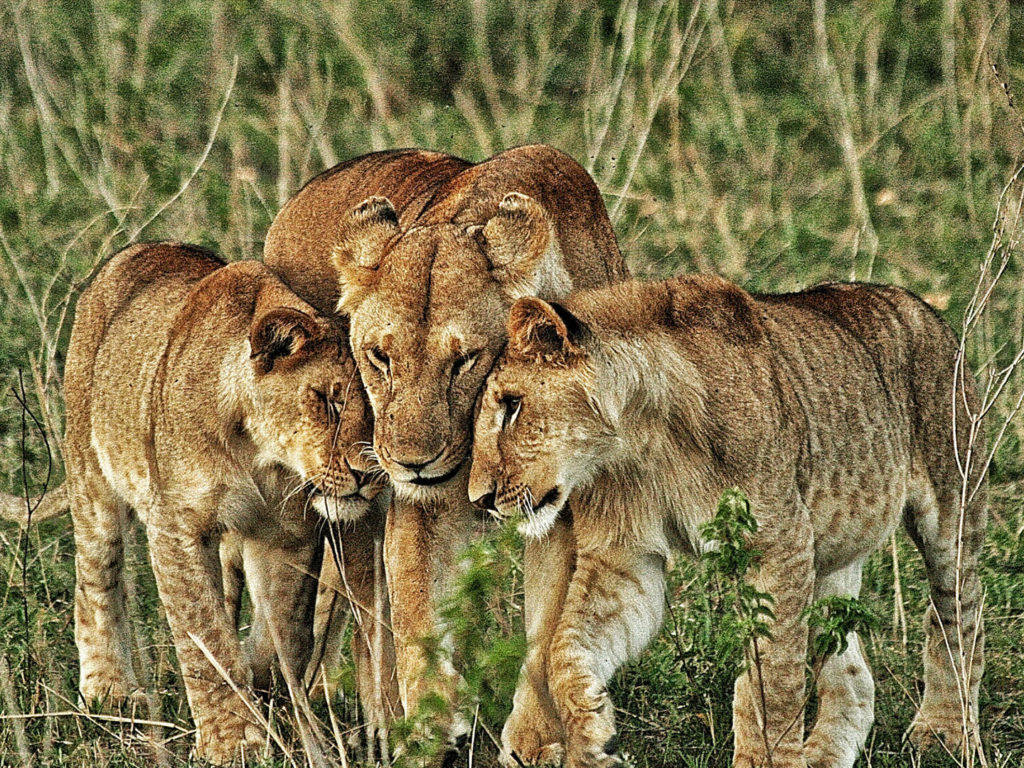While the Cape is the poster boy for South African tourism, Kwa-Zulu Natal is the grittier and altogether more African face of South Africa. The Cape has the Garden Route, justifiably renowned for its scenic beauty; KZN has the Midlands Meander.
You may be forgiven for thinking this sounds more like a wrong turn on the Spaghetti Junction than a tourist attraction, but don’t be put off by the name. This spectacular stretch of road through KZN’s heartland twists and turns in the shadows of the Drakensburg mountains and not only offers beautiful wilderness but is home to a variety of artisans, from leather workers to wood craftsmen, to cheese makers and beer brewers.
Continuing with the comparison, the perception of Durban is as the under achieving cousin when held alongside Cape Town. In fairness though, there are few cities in Africa that can hold a torch to Cape Town’s location, style and chic but what Durban has is an affability its more fashionable cousin cannot match. With Durban you get an unconditional welcome – a shake of the hand and come on in and help yourself to a cold one in the fridge. There’s no sideward glance, looking for a designer label and scant attention paid to whether you prefer a Castle Lager or a chilled Chenin Blanc. Durban is Melbourne to Cape Town’s Sydney – it feels more lived in and more lovable for it.
I was there on a Saturday and stayed in the excellent Beverley Hills Hotel in Umhlanga Rocks (and yes, it does) where the endless stretch of beach was a playground for families, lovers, joggers, dog walkers, surfers and tourists alike. Heading downtown I enjoyed a fabulous lunch at the House of Curries (Durban has the largest diaspora of Indians of any city in the world), visited the house of John Dube where Nelson Mandela cast his vote in the historic 1994 elections and hired a bike and cycled the length of Durban’s promenade which would have felt a lot like Brighton if it wasn’t for the sand and the mercurial Indian Ocean whipping up a spume.
Most of my forays into African territory are motivated by a need for wild places, open space and wildlife. This trip with the KZN tourist board was no different but had the added attraction of visiting the Anglo-Zulu battlefields. I have lost count of the number of times I have watched “Zulu” and badly mimicked any number of Michael Caine quotes (“chin-chin, do carry on with your mud pies”).
On the battlefield of Isandlwana, such frivolity was just not appropriate as the enormity of the loss and the utter futility of it all was bought home by the poignant narrative of our guide, Rob Gerrard. A steely eyed ex Gordon Highlander who served in Kenya, Rob left you with the impression that he would not himself have been out of place on this battlefield, standing his ground alongside his men in the face of such terrifying hostility. The Zulu victory at Isandlwana was, of course, a pyrrhic one, yet this does not diminish the incredible bravery of the Zulu impi and the tactical acumen of the chiefs who conceived and implemented the perfect offensive, now well known as the horns and chest of the buffalo.
Later that evening, looking down from Isandlwana Lodge’s veranda, it was hard to believe that so much blood was spilt on a setting that looked so benign and bucolic. My week in Kwa-Zulu Natal was a wonderful reminder that South Africa is more than just Winelands and Garden Route. For the real beating heart of South Africa, visit Kwa-Zulu Natal where the hospitality is on a par with the Cape and the experiences exhilarating, fun and profound.
To find out more about Jarrod’s trip or for any help or advice on planning your holiday to South Africa please call our experts.


